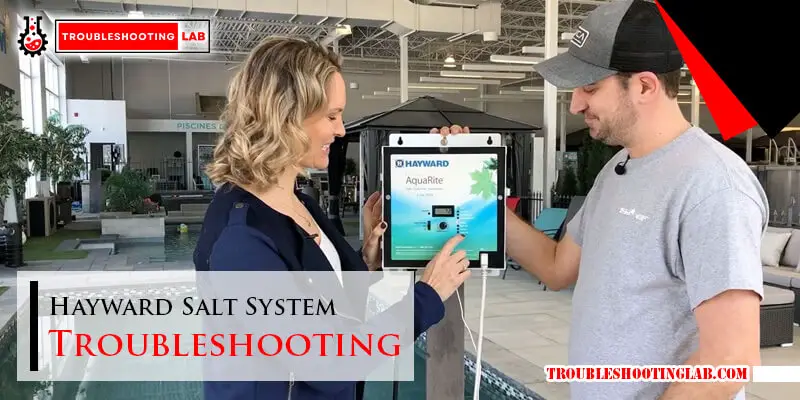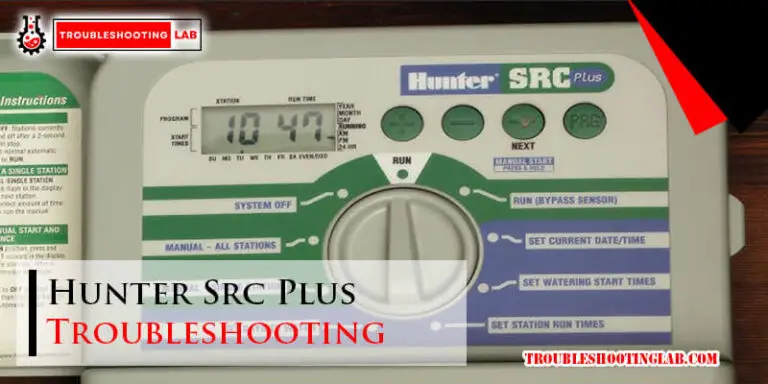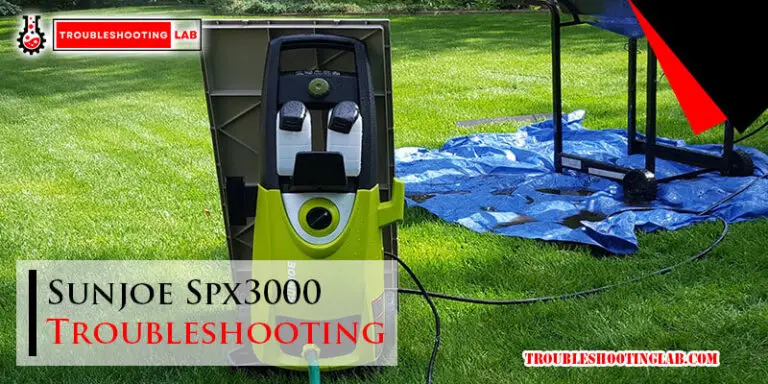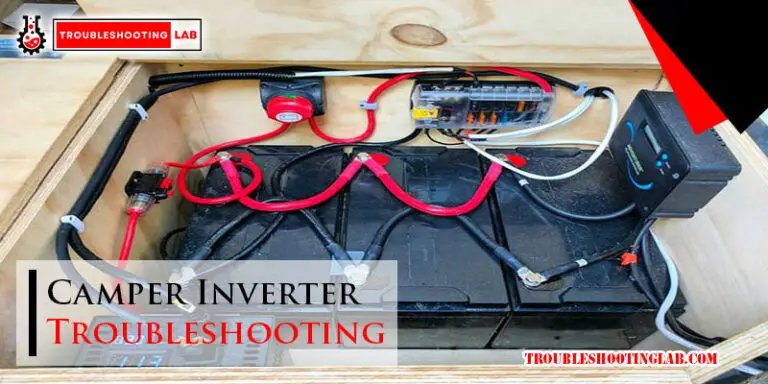Hayward Salt System Troubleshooting: Expert Tips for Quick Fixes
When troubleshooting a Hayward salt system, check for low salt levels and inspect the cell for debris. Proper maintenance is key to preventing issues with your salt system.
A well-functioning salt system ensures efficient chlorination of your pool, keeping the water clean and safe for swimming. By following these troubleshooting steps, you can quickly address any problems and prolong the lifespan of your Hayward salt system. Let’s explore some common issues that arise with salt systems and how to effectively troubleshoot them to keep your pool water sparkling and crystal clear.
Remember, regular maintenance and timely repairs are essential for optimal performance of your Hayward salt system.
Common Issues With Hayward Salt Systems

Hayward salt systems are popular for pool owners but sometimes encounter common issues that require troubleshooting. Below are some of the frequent problems that you may face with your Hayward salt system.
If your Hayward salt system displays a low salt level error, it indicates that the salt concentration in your pool water is below the recommended level. To troubleshoot this issue:
- Check the salt level using a salt test kit.
- Manually add pool salt as per the manufacturer’s recommendations.
- Run the salt system’s diagnostics to reset the error message.
When you notice no chlorine production from your Hayward salt system, it can result from various factors. Here’s how you can address this problem:
- Ensure the chlorine generator cell is clean and not calcified.
- Verify that the salt cell is generating bubbles during operation.
- Confirm the power supply to the salt system is consistent and not disrupted.
Low Salt Level Error
If you are encountering a low salt level error with your Hayward salt system, it is essential to understand the issue and the necessary steps to resolve it promptly.
Understanding The Error Message
The low salt level error message on your Hayward system indicates that the salt concentration in the water is below the recommended level. This can impact the system’s efficiency and may lead to other issues if not addressed promptly.
Steps To Address Low Salt Level
- Test the Salt Level: Use a reliable salt test kit to determine the current salt level in your pool water.
- Add Salt as Needed: Once you have identified a low salt level, gradually add the required amount of pool salt to restore the concentration to the appropriate level.
- Run the System: After adding salt, allow the system to circulate the water for a few hours to ensure proper distribution.
- Recheck the Salt Level: After running the system, retest the salt level to ensure it has reached the optimal range.
- Monitor Regularly: It is advisable to check the salt level in your pool water on a regular basis to prevent recurrence of the error message.
No Chlorine Production
If your Hayward salt system is not producing chlorine, it can lead to a pool that is vulnerable to bacteria and algae. Understanding the possible causes and troubleshooting steps for this issue can help you quickly get your system back on track to ensure a safe and clean swimming environment.
Possible Causes
- Faulty salt cell
- Low salt levels
- Low water flow
- Power supply issues
Troubleshooting Steps
- Check the salt cell for calcium build-up and clean if necessary.
- Test the salt levels using a salt test kit and add salt if levels are low.
- Inspect for any blockages or obstructions in the flow sensor and clean if needed.
- Ensure the power supply is properly connected and functioning.
Maintaining Hayward Salt Systems
Having trouble with your Hayward Salt System?
Troubleshoot common issues by checking the salt level, cleaning the cell, and inspecting for error codes. Regular maintenance is key to keeping your system running smoothly and effectively. Keep a close eye on the indicators to ensure optimal performance.
Regular Cleaning and Inspection
Regular cleaning and inspection are crucial in ensuring the optimal performance of your Hayward salt system. Keeping the cell and other components clean not only extends their lifespan but also prevents potential issues that may disrupt the operation of the system.
To effectively clean the cell, it is recommended to follow these steps:
- Power off the salt system.
- Disconnect the cell from the system.
- Rinse the cell with a high-pressure hose, removing any debris or scale buildup.
- Inspect the cell for any visible signs of damage, such as cracks or broken plates. Replace the cell if necessary.
Proper inspection of other components, such as the flow switch and control panel, is equally important. Check for any signs of wear or damage and address them promptly to avoid further complications.
Optimizing Salt Levels
Maintaining the correct salt level in your Hayward salt system is essential for effective chlorination. Follow these steps to ensure optimal salt levels:
- Test the salinity level regularly using a salt test kit. Aim for a salt level between 2700-3400 parts per million (ppm), as recommended by Hayward.
- If the salt level is too low, add pool-grade salt to raise it. Be sure to follow the manufacturer’s instructions on the appropriate amount to add based on your pool volume.
- If the salt level is too high, you can dilute the water by partially draining and refilling the pool. Consult the Hayward manual for specific instructions on adjusting salt levels.
Maintaining the correct salt level not only ensures effective chlorination but also prevents potential damage to the system. High salt levels can lead to corrosion, while low salt levels may result in insufficient chlorination.
By following these maintenance practices, you can keep your Hayward salt system running smoothly, extending its longevity and ensuring your pool stays clean and enjoyable throughout the swim season. Remember to regularly clean and inspect the system components and optimize salt levels to achieve optimal performance.
Professional Support And Maintenance
Ensuring the smooth operation of your Hayward salt system is crucial for optimal pool maintenance. While you can handle many troubleshooting tasks on your own, there may come a time when you need professional assistance. Whether it’s a complex issue you can’t resolve or you simply want expert advice, professional support and maintenance can provide the necessary solutions.
Here, we’ll discuss when to seek professional help and provide tips for finding a reliable technician.
When To Seek Professional Help
If you find yourself facing persistent issues with your Hayward salt system or encountering problems beyond your expertise, it’s time to consider seeking professional assistance. Here are some signs that indicate the need for professional help:
- Repeated Error Codes: If you keep experiencing recurring error codes despite following troubleshooting steps, it’s best to consult a professional technician.
- System Failure: If your salt system has completely stopped working and you can’t revive it on your own, it’s time to reach out to an expert.
- Unstable Water Chemistry: If you notice consistent fluctuations in your pool’s water chemistry, it may require professional intervention to diagnose and rectify the issue.
- Complicated Repairs: Some repairs, such as replacing faulty parts or addressing electrical issues, may require specialized skills and knowledge best handled by a technician.
Tips For Finding A Reliable Technician
When searching for a reliable technician to handle your Hayward salt system issues, follow these tips to ensure you find someone trustworthy and capable:
- Research and Recommendations: Start by researching local pool maintenance companies or technicians experienced in servicing Hayward salt systems. Seek recommendations from friends, neighbors, or online forums to find trusted professionals.
- Verify Credentials: Before hiring a technician, ensure they possess the necessary licenses, certifications, and insurance to perform pool system repairs and maintenance.
- Ask for References: Request references from the technician’s previous clients to assess their track record and reliability.
- Transparent Pricing: Inquire about the technician’s pricing structure and ensure it is transparent, with no hidden fees or charges.
- Timely Response: A professional technician should be responsive to your inquiries and able to schedule an appointment promptly.
- Warranty and Guarantees: Ask about warranties or guarantees on the repairs performed to ensure you are protected in case of any issues.
Frequently Asked Questions
How To Troubleshoot Hayward Salt System?
Troubleshooting your Hayward Salt System is easy. Check the power source, inspect the cell, and calibrate the salt levels regularly.
Why Is My Hayward Salt System Not Producing Chlorine?
If your Hayward Salt System is not producing chlorine, check for low salt levels, a dirty cell, or incorrect settings.
What Should I Do If My Hayward Salt System Is Displaying An Error Code?
If your Hayward Salt System displays an error code, refer to the manual for the specific code to identify and resolve the issue.
How Often Should I Clean The Hayward Salt System Cell?
Cleaning the Hayward Salt System cell should be done at least once a year or more frequently if there is calcium buildup.
Can I Use Any Type Of Salt In My Hayward Salt System?
It’s important to use only high-purity, non-iodized salt specifically designed for salt chlorination systems in your Hayward Salt System.
Conclusion
Troubleshooting Hayward salt systems can be a straightforward process with the right approach. By understanding common issues and implementing the recommended solutions, you can ensure your system operates efficiently. Regular maintenance and proper care are key to maintaining a healthy pool environment.
Stay informed and proactive to enjoy hassle-free pool maintenance.






